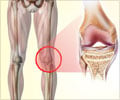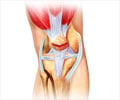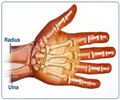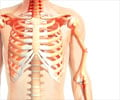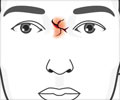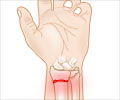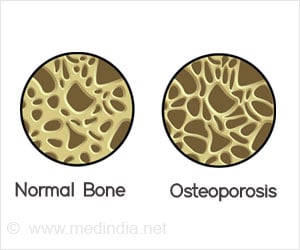A new report issued by the International Osteoporosis Foundation (IOF) for World Osteoporosis Day puts the spotlight on the severe impact of spinal fractures and calls on health professionals
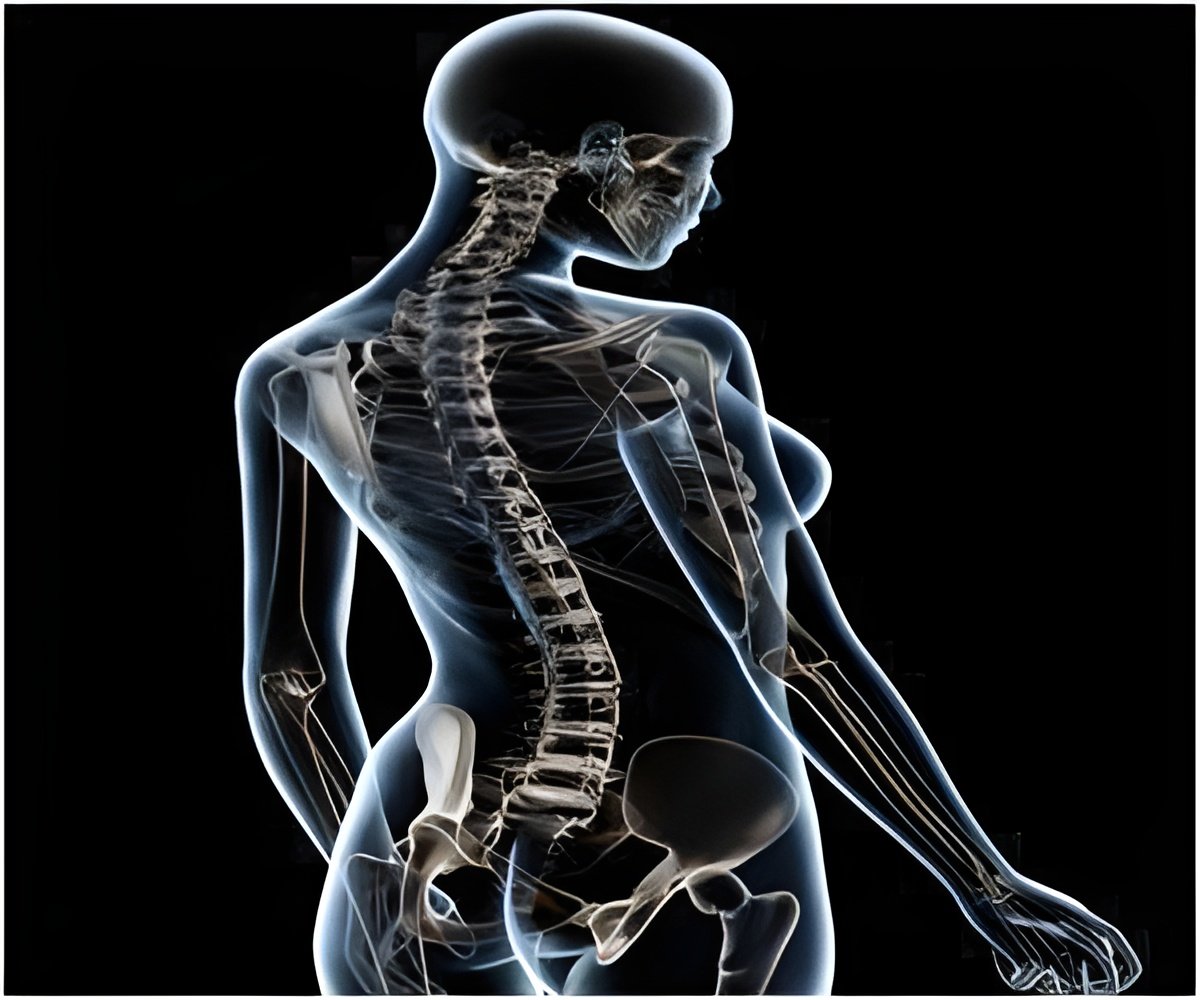
As many as two-thirds of spinal osteoporotic fractures are not recognized by doctors. Untreated, as many as one in five women with a spinal fracture will sustain another within twelve months.
'The Breaking Spine', authored by Professor Harry K. Genant of the University of California and Dr. Mary Bouxsein of Harvard Medical School, reveals the serious impact of these fractures and calls on health professionals to take action to diagnose patients and refer them for treatment. "Doctors must look out for evidence of spinal fractures, especially in their patients over 50 – stooped back, loss of height, and sudden, severe back pain are the three tell-tale signs, says Professor Genant. "It is essential that doctors refer these patients for further testing and that radiology reports clearly identify spinal fractures as 'FRACTURED' to avoid ambiguity." Currently, only about 40% of older women with spinal fractures visible on X-ray are tested for osteoporosis. The figure is even lower in men (less than 20%).
The IOF urges health professionals and the public to recognize the signs of spinal fractures. The repercussions of these common fractures can be severe, resulting in stooped back, acute and chronic back pain, loss of height, immobility, depression, increased number of bed days, reduced pulmonary function and even premature death.
Globally, spinal fractures represent a huge socio-economic burden. It is estimated that one spinal fracture occurs every 22 seconds worldwide. Studies have shown that as many as 20-25% of Caucasian women and men over 50 years of age have a current spinal fracture. Costs associated with all osteoporotic fractures are predicted to rise markedly over the next few decades as the population ages.
Source-Eurekalert

